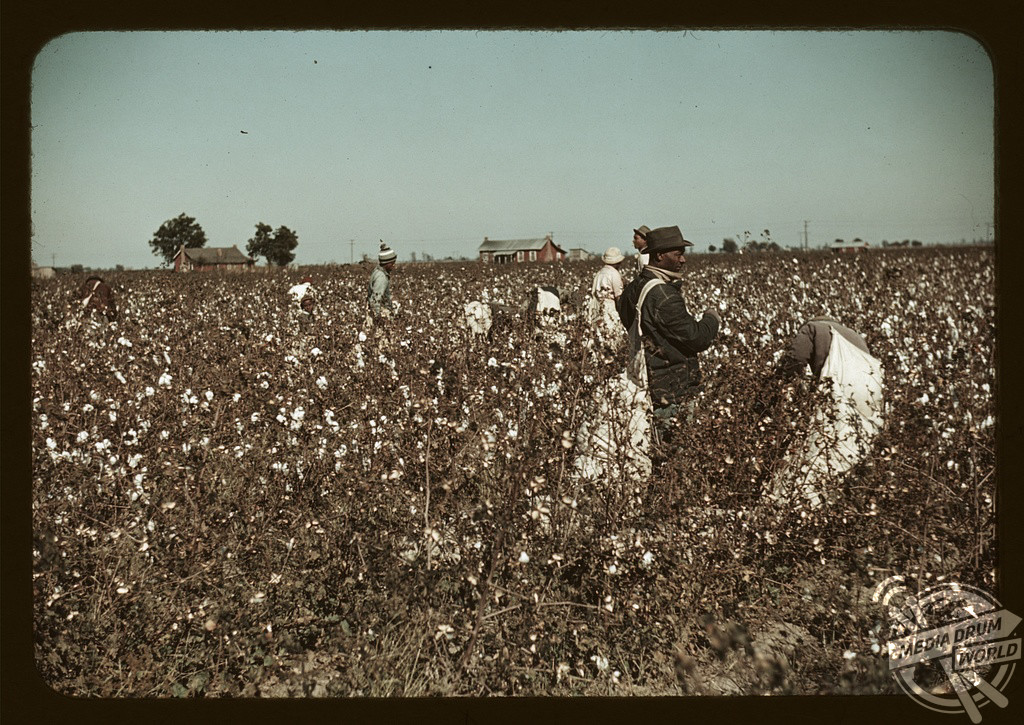By Mark McConville
THE HARSH reality of life on plantations in America’s Deep South have been revealed in a series of stunning colour pictures.
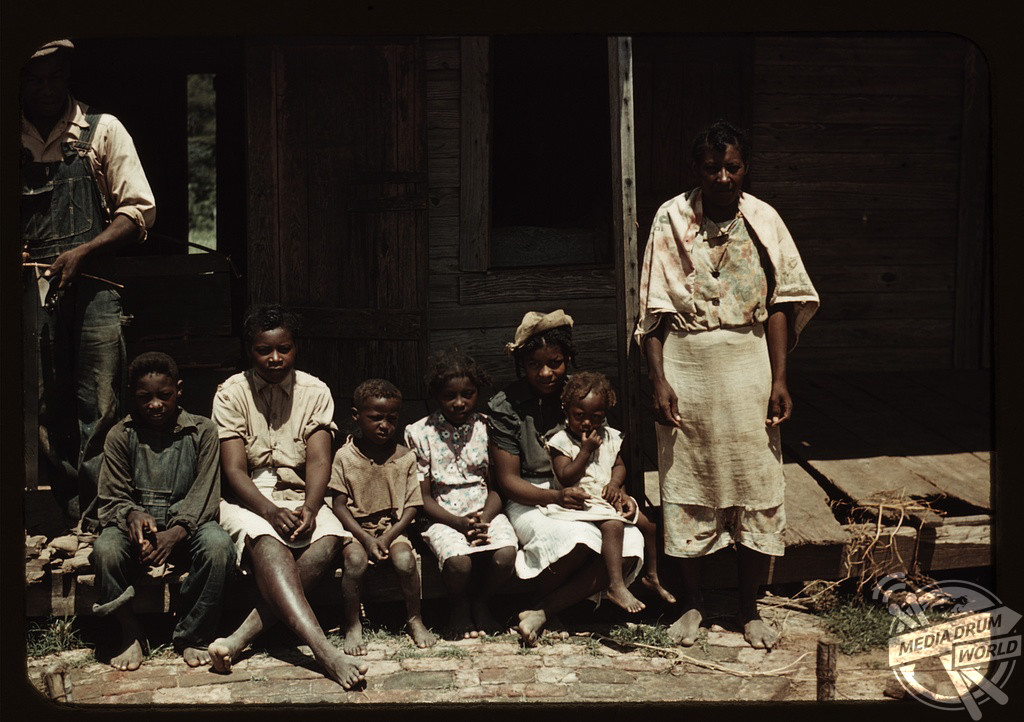
The incredible images show black labourers picking cotton under the hot sun, cutting Burley tobacco and putting it on sticks to wilt before taking it into the curing and drying barn.
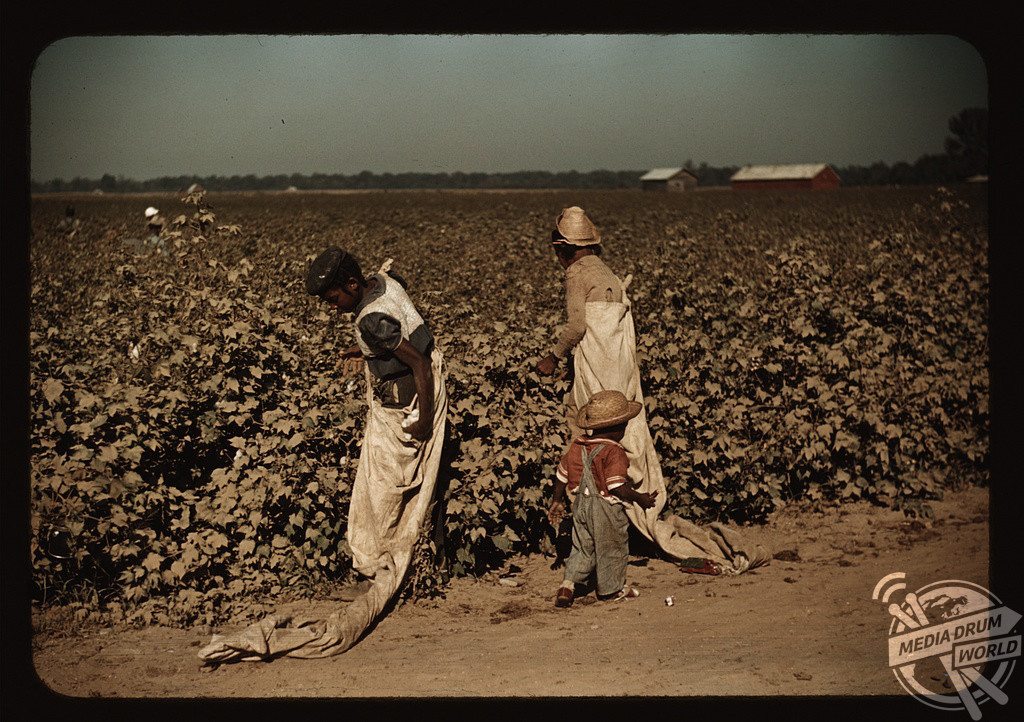
Other shots show the labourers on their downtime relaxing on a porch on a Bayou Bourbeau plantation, fishing in a creek near cotton plantations and hanging around outside a ‘juke joint’.
The striking colour photographs were taken during the 1930s and offer an insight into the vastly different lives black and white people were living at that time.

While the black labourers toil in the fields, the images show white farmers and townspeople gathering in the centre of town on Court Day in a scene reminiscent of To Kill a Mocking Bird.
The United States Emancipation Proclamation came into power on January 1, 1863, allowing a “new journey for people of African ancestry to participate in the U.S. Agriculture Industry in a new way.”
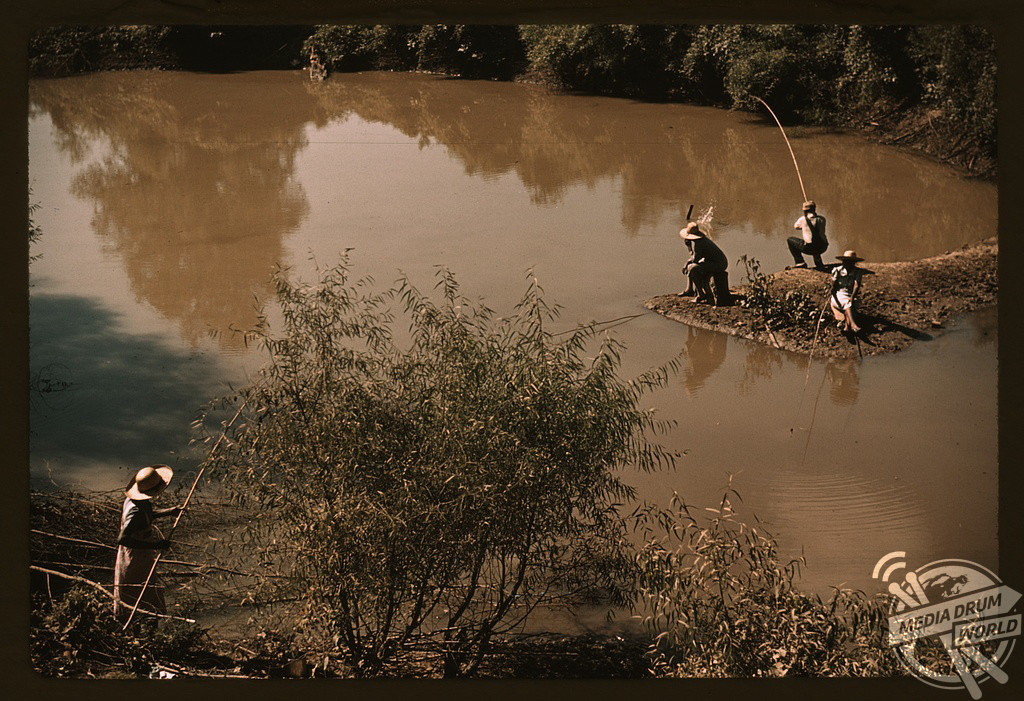
Despite their newfound freedom the cotton industry continued to be very important for blacks in the southern United States, much more so than for whites.
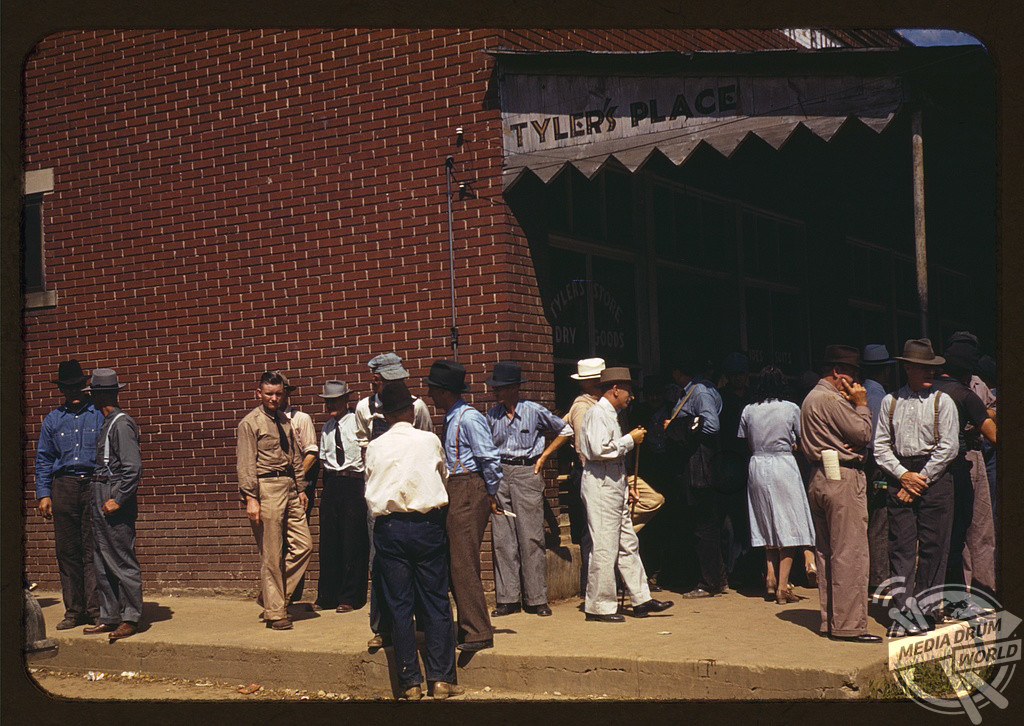
By the late 1920s around two-thirds of all African-American tenants and almost three-fourths of the croppers worked on cotton farms.
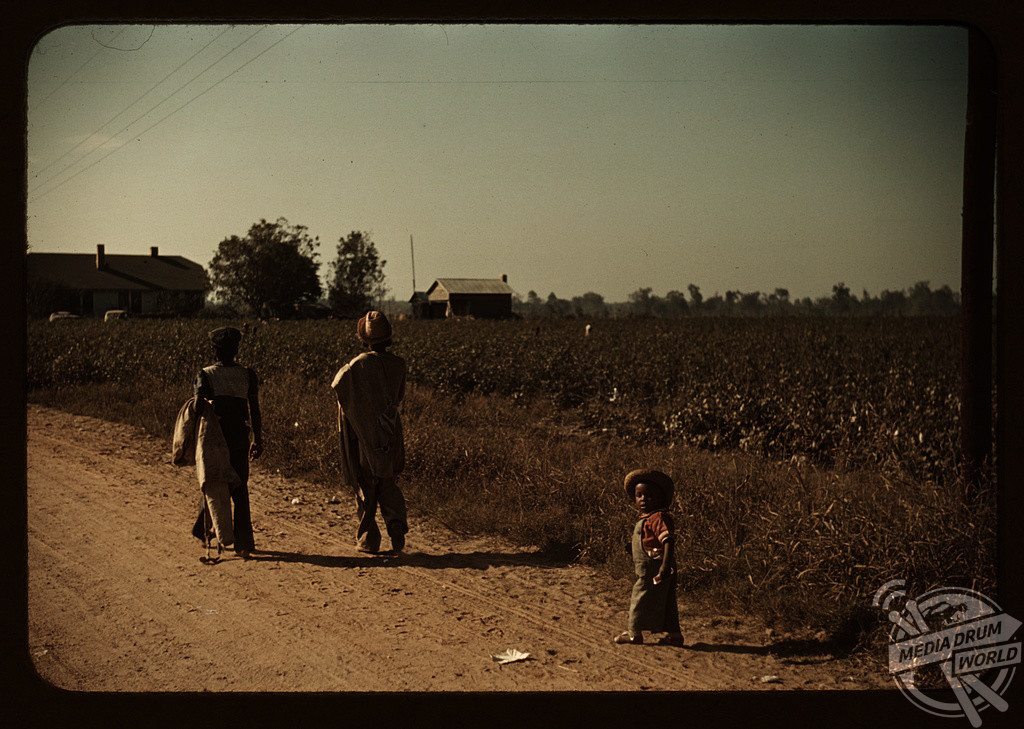
Other snaps show mountaineers and farmers trading mules and horses as they seek to add a sturdy animal top their workforce while the black labourers are transported to and from work in the back of an open-top truck.
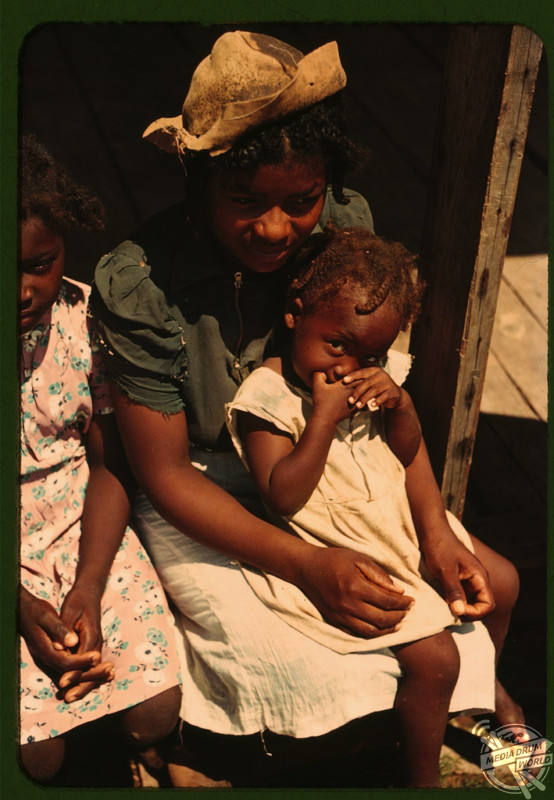
One picture shows the entertainment workers had available to them with a cross roads store, bar, juke joint and gas station captured in the shot.

